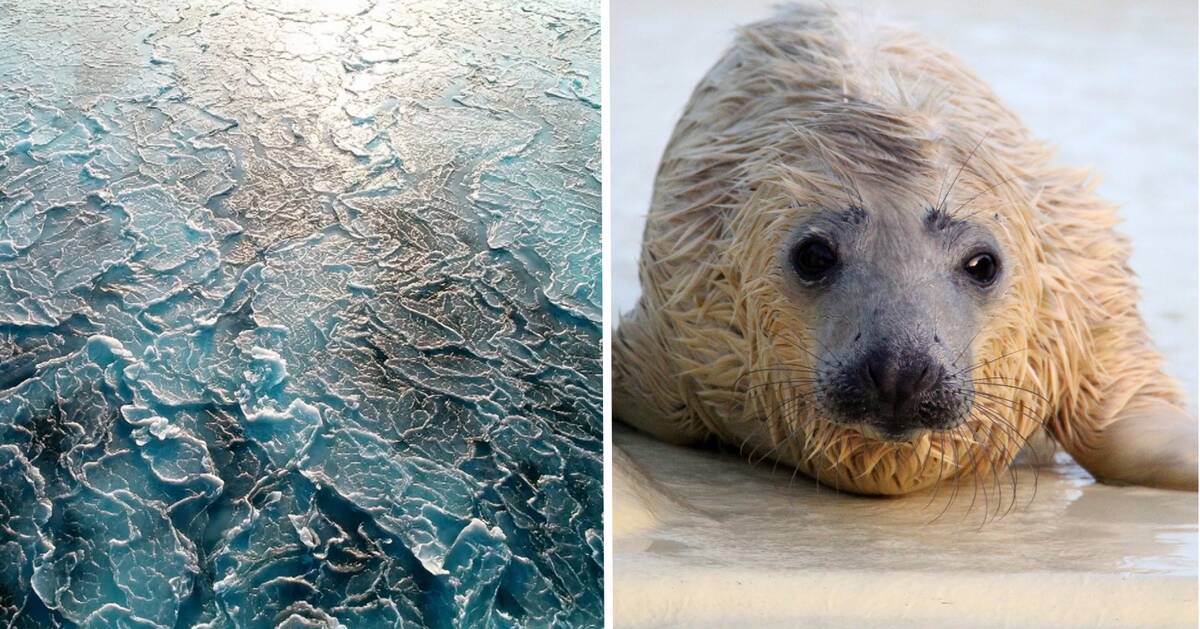After 2007, a group of researchers at the Polar Institute in Tromsø could see a shift in the icing in the Arctic. You could see how 52 percent of the sea ice thicker than four meters suddenly disappeared.
The winter ice that formed thereafter, the so-called first-year ice, was thinner and had difficulty coping with the warmer temperatures of the summer.
Delays icing
The collective scientific community is convinced that the temperature rises in the Arctic are caused by climate change. Increased temperatures increase ice melt during the summer and reduce the formation of new ice during the winter.
Seals build nests on ice
The entire arctic food chain is based on the fact that there is always ice. The loss of sea ice has not only devastating consequences for the climate system but also for wildlife.
"There are seal species that live their whole lives on the ice. They build nests and they give birth to cubs on the ice. If the ice disappears, they will become extinct," says Michael Tjernström, a climate scientist at Stockholm University.
According to Michael Tjernström, how much sea ice will remain in the polar pool in the future depends on how we will take care of carbon dioxide emissions in the future.
"What has already happened or what we have already caused, we cannot control. But we as humanity are at the helm of the future.

